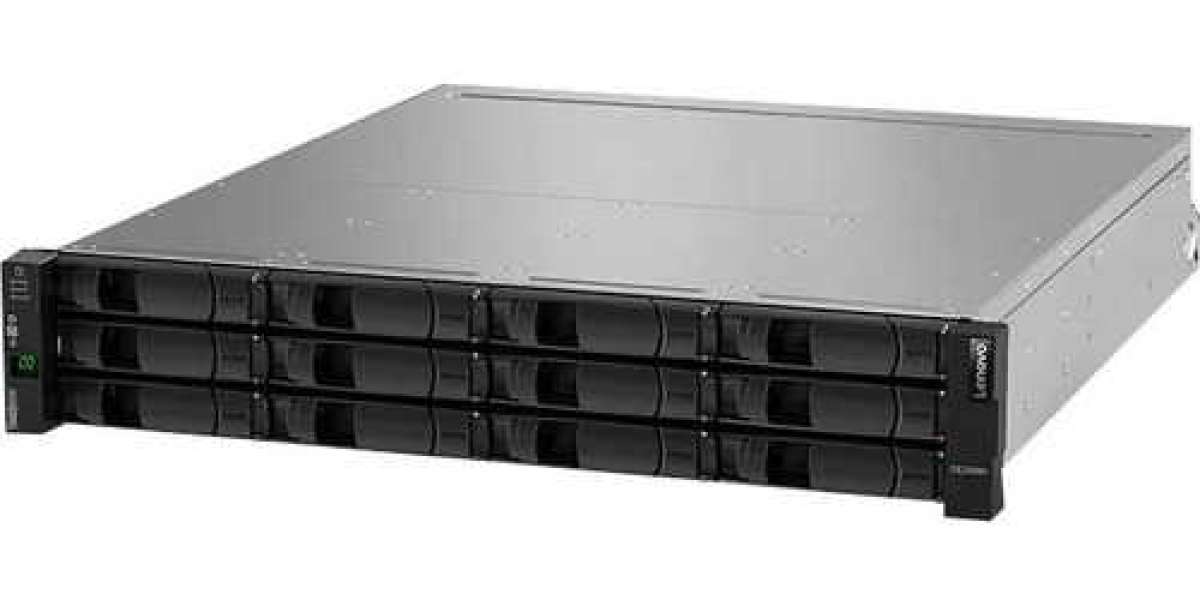DAS may include one or more storage devices. Hard disc drives (HDD), solid-state drives (SSD), and optical disc drives housed in an external container fall under this category. The data storage is connected to the application server in a direct manner using a protocol such as iSCSI. It works well for smaller businesses, teams, and divisions. And this is especially true if you do not want your data shared across companies. It's put to use when just a few hosts and servers are essential.
We will explain what you should know about DAS systems in this blog so keep reading.
How Does DAS Function?
- Direct Attached Storage (DAS) is a kind of storage system that can be directly attached to individual devices like PCs, servers, and workstations, bypassing the need for a network entirely. It does not rely on routers, switches, or other network hardware to provide access to data.
- It is a kind of data storage that does not need Ethernet or Fibre Channel to connect to a network.
- DAS has a hardwired connection to some kind of digital device, often a computer or server. Hence, the contents can only be accessed by the device to which it is physically attached. The controller is not online.
- Accessing the information stored in DAS requires communication with the computer to which DAS is physically linked.
Distinct Categories of DAS
DAS may be broken down into two categories, internal and external, depending on where the devices are stored.
Internal DAS Types
The storage device in an internal DAS is linked directly to the host bus adapter (HBA) in a server or personal computer. In this DAS, HBA is used for local, high-velocity bus connectivity.
HDD
Hard disc drives (HDDs) are an affordable storage option that has been around for a while and can store a lot of data. They hold up well and last for a while under typical conditions. As information is directly written on the platter discs, HDDs benefit from a higher read-write cycle. These platter discs are very long-lasting and seldom wear out. This ensures their durability and usefulness throughout time.
SSD
The instant-load speed of Crucial SSDs expedites system responsiveness and reduces wait times for booting and launching applications. SSDs are more convenient for portable usage since they are lighter than hard drives. This means that your laptop will be less cumbersome and simpler to transport. Solid-state drives (SSDs) are better suited to the challenges of frequent travel due to their lightweight components and sturdy structure. Since they don't have any moving components, you'll get more use out of each charge because they use less energy. They are even less audible.
External DAS Types
In such a setup, the external storage device is connected to the server without the need for any intermediary devices. While using external DAS, eSATA and SCSI act as the interface between the server and the storage device.
eSATA
For managing the different hardware needed to connect external storage devices, external SATA is the mainstream technology. It competes with several USB and Firewire protocols by offering quicker data transmission rates between hardware platforms. High-speed serial connections between a computer and its peripherals are available in the form of USB and FireWire. USB is more versatile and can connect to a greater variety of input and output devices. External storage through FireWire is widespread at this point.
SCSI
SCSI is a quick bus that allows for the simultaneous attachment of many different devices to a computer. In addition to hard discs, it also supports scanning devices, printers, and CD and DVD burners. Optical and electrical interfaces and instructions are specified by the SCSI standards. Newer versions of SCSI are capable of serial communication at higher speeds and with greater range, as well as improved fault association, upgraded cable connectors, and longer cable lengths.
Perks of DAS
- Direct Attached Storage is a straightforward, low-cost, and simple expansion method for data storage.
- Each SAS chain can accommodate a maximum of 8 D1212 enclosures.
- One D1212 may function as a standalone JBOD, and up to seven more can be connected in a daisy chain for each SAS chain. One HBA may now connect to as many as 96 hard disc drives or solid-state drives.
- There are 12 hot-swap 3.5-inch bays in each D1212 that may accommodate HDDs or SSDs. This implies that each SAS chain may accommodate no more than 96 drives, or 960 TB in total.
- Its high availability is the result of its twin I/O modules, redundant power supplies, and hot-swap hard drives.
- Backups, storage, surveillance cameras, online media, mail hosting, virtualisation, file systems, print providing, and more can all benefit from DAS.
- It suits cost-sensitive clients, space-constrained situations, present and future high-capacity demands, and server/storage virtualization. It provides exceptional capacity for archive and cold storage solutions and minimises the pressure on overused internal server storage.
- Its I/O modules and PCMs are compatible with those of the D1224 DAS device.
Conclusion
The only components of direct attached storage are the storage device itself and any drive enclosures. It reduces expenses since upkeep is simplified and fewer spare parts are required. Moreover, by using a single server to administer a virtualized environment with DAS capacity, you can significantly cut down on the expense of archive and storage systems. You will thus be able to save more money.



